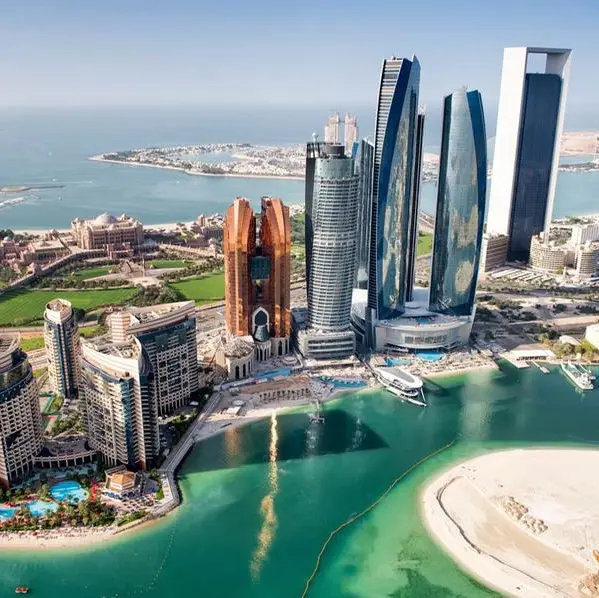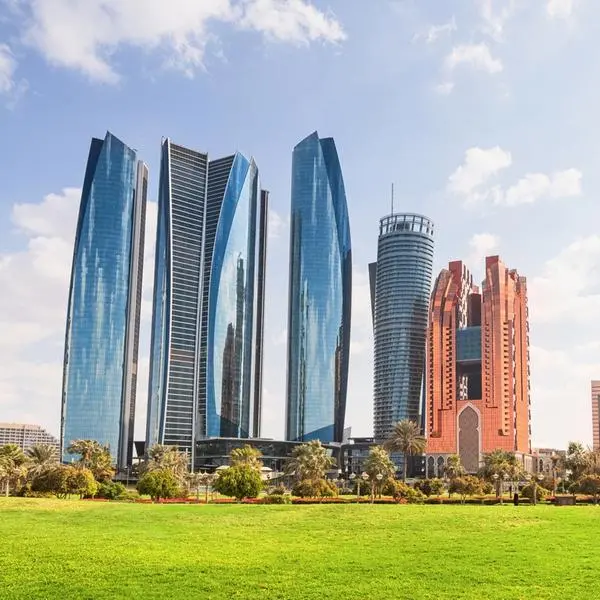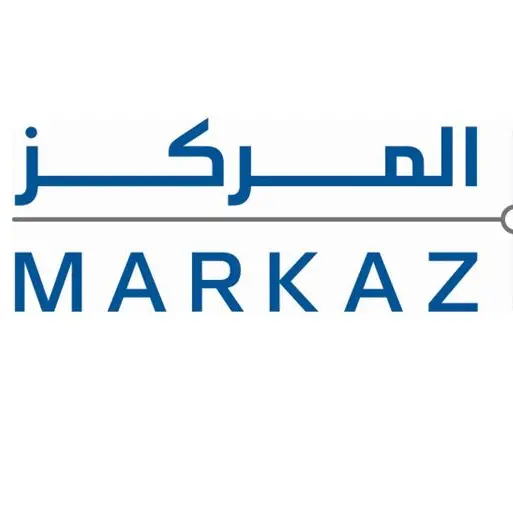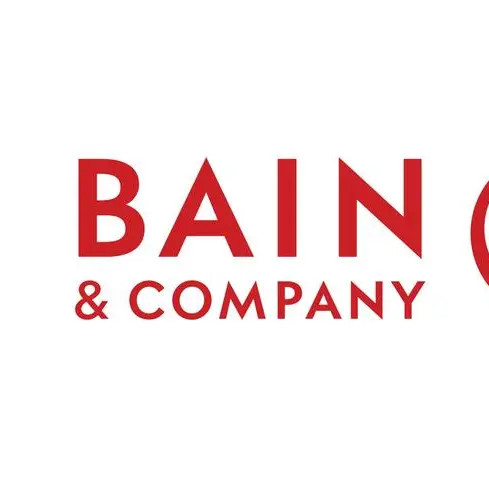PHOTO
Global retail e-commerce sales are predicted to grow by 50% over the next four years - but with so much competition, where should investors and entrepreneurs start?
To further understand the state of the rapidly expanding global e-commerce market and the opportunities that are available, Merchant Machine has researched the most and least saturated sectors to identify valuable gaps in the market for entrepreneurs and investors.
The top 10 countries with the fastest growing e-commerce markets in 2022
To reveal the world’s fastest rising e-commerce countries, Merchant Machine analysed 25 regions by a range of growth metrics to discover where customers are most likely to spend their money in 2022. The five metrics analysed were:
- The total online population of each country
- Yearly change in e-commerce spending as % of GDP from 2021 to 2022
- E-commerce as a % of total retail in 2022
- The predicted % change in e-commerce market size from 2022 to 2023
- The predicted change in e-commerce spending per capita ($US) from 2022 to 2023
Each country was then given a final ‘Rising E-commerce Index' score out of 10.
| Rank | Country | Online population | Yearly change in E-Commerce spending as % of GDP | E-commerce % of total retail in 2022 | Predicted % change in E-Commerce market size 2022 to 2023 | Predicted change in E-Commerce spending per capita ($US) 2022 to 2023 | Total rising E-commerce score (out of 10) |
| 1 | United Arab Emirates | 1,448,471,400 | 1.10% | 7% | 23.11% | 22.32% | 7.23 |
| 2 | South Korea | 215,353,593 | 1.20% | 25% | 20.38% | 20.29% | 6.36 |
| 3 | Argentina | 46,010,234 | - | 10% | 27.27% | 26.15% | 6.20 |
| 4 | Brazil | 1,406,631,776 | 0.40% | 5% | 18.94% | 18.94% | 5.98 |
| 5 | Thailand | 65,584,518 | 2.10% | 11% | 18.00% | 17.67% | 5.51 |
| 6 | Vietnam | 38,388,419 | 0.60% | 6% | 23.66% | 22.87% | 5.17 |
| 7 | Indonesia | 51,512,762 | 0.30% | 10% | 22.26% | 20.91% | 4.96 |
| 8 | China | 5,554,960 | 0.50% | 33% | 12.06% | 11.87% | 4.67 |
| 9 | Norway | 279,134,505 | 0.40% | 18% | 14.89% | 14.17% | 4.55 |
| 10 | Spain | 125,584,838 | 0.40% | 13% | 15.63% | 15.23% | 4.23 |
With UAE’s 1,448,471,400-strong online population expected to increase their e-commerce spend by an additional 22.32%, it’s clear why this country ranks number one in the analysis.
Since last year alone, the country’s e-commerce spending as a percentage of GDP increased by 1.10%, and in 2022 e-commerce made up 7% of the total retail spend.
South Korea and Argentina emerged as the second and third fastest growing e-commerce markets for 2022.
70% of e-commerce in the Philippines is completed on a mobile device
Over the years, mobile devices have become an increasingly popular medium for online shopping. Whilst e-commerce describes online shopping via a computer, m-commerce involves shopping online via a mobile device specifically, which can be a lot more convenient for customers and offers an improved shopping experience overall.
M-commerce: The top 10 countries using mobile devices to make e-commerce payments:
| Rank | Country | E-commerce completed on a mobile device |
| 1 | Philippines | 70% |
| 2 | China | 69% |
| 3 | South Korea | 66% |
| 4 | Indonesia | 63% |
| 5 | Thailand | 62% |
| 6 | Vietnam | 61% |
| 7 | India | 58% |
| 8 | Singapore | 57% |
| 9 | Malaysia | 56% |
| 10 | United Kingdom | 55% |
The Philippines ranks number one on the list of the top 10 countries using mobile devices to shop, with 70% of all e-commerce being completed on a mobile device.
This is followed closely by China in second with 69%, and South Korea ranking third with 66%. Except for the UK, every country in the top 10 is in Asia, which demonstrates the importance of this continent for the growth of m-commerce and e-commerce as a whole.
The automobile industry attracted $57.3B in 2021, making it the most heavily invested-in startup sector
Using data from Crunchbase, Merchant Machine analysed the top startups in the fastest growing e-commerce industries to establish where the opportunities lie for businesses and investors in 2022.
| Startups | Total number of leading startups | Total number of lead investment firms and individual investors | Total number of investment firms and individual investors | Total number of funding rounds | Total funding amount raised across all funding rounds | Investment Gap (the number of startups vs lead investors) | Lead Investor to startup Ratio |
| Grocery | 252 | 312 | 1,240 | 648 | $15.8B | -60 | 1.24 |
| Furniture | 238 | 263 | 814 | 555 | $3.6B | -25 | 1.11 |
| E-Learning | 1,607 | 1,573 | 5,054 | 3,214 | $23.9B | 34 | 0.98 |
| Food Delivery | 722 | 695 | 2,448 | 1,663 | $16.2B | 27 | 0.96 |
| Automobile | 2,146 | 1,948 | 6,620 | 4,675 | $57.3B | 198 | 0.91 |
| Baby | 150 | 136 | 530 | 349 | $1.8B | 14 | 0.91 |
| Personal Health | 935 | 845 | 3,227 | 2,163 | $10.1B | 90 | 0.90 |
| Electronics | 1,798 | 1,469 | 4,796 | 3,811 | $24.3B | 329 | 0.82 |
| Beauty | 809 | 613 | 2,317 | 1,470 | $5.8B | 196 | 0.76 |
| Pet | 410 | 309 | 1,091 | 845 | $3.2B | 101 | 0.75 |
| Video Games | 889 | 653 | 2,669 | 1664 | $8.3B | 236 | 0.73 |
| Children | 418 | 305 | 1,190 | 809 | $3.8B | 113 | 0.73 |
| Media & Entertainment | 2,227 | 1,547 | 6,166 | 4,078 | $18.2B | 680 | 0.69 |
| Travel | 2079 | 1,434 | 5,208 | 4206 | $26.2B | 645 | 0.69 |
| Fashion | 2,230 | 1,488 | 5,965 | 4,225 | $24.7B | 742 | 0.67 |
| Digital Media | 1,287 | 858 | 3,647 | 2,616 | $10.5B | 429 | 0.67 |
| Toys | 134 | 78 | 366 | 275 | $521.1M | 56 | 0.58 |
Merchant Machine’s research found that startups in the automobile industry attract the highest amount of funding, receiving $57.3B in 2021. After this, the industries receiving the second and third highest amount of funding are travel and fashion, receiving $26.2B and $24.7B respectively.
-Ends-
About Merchant Machine
Merchant Machine was founded with the sole goal of making it easier to learn more about UK payment processing options.
Methodology
To reveal the world’s fastest-rising e-commerce countries, Merchant Machine analysed 25 emerging countries on a range of growth and purchasing metrics to see where customers are most likely to spend their money in 2022.
The five metrics included:
- The total online population
- Yearly change in e-Commerce spending as % of GDP from 2021 to 2022
- E-commerce as a % of total retail in 2022
- The predicted % change in E-Commerce market size from 2022 to 2023
- The predicted change in E-Commerce spending per capita ($US) from 2022 to 2023
The metrics were all scored and averaged to give each country a final ‘Rising E-commerce Index score out of 10.
To discover where the opportunities lie for both businesses and e-commerce investors, the number of leading start-ups, the number of lead and total investments, and the total amount funded for each of the fastest-growing e-commerce industries were compared to reveal the investment gaps.




















